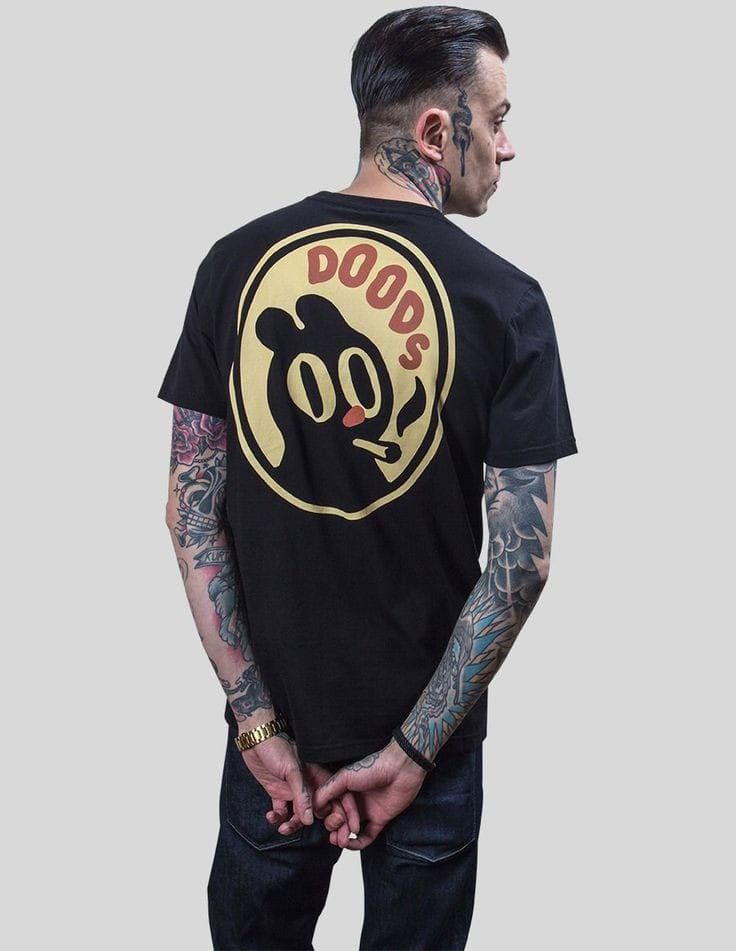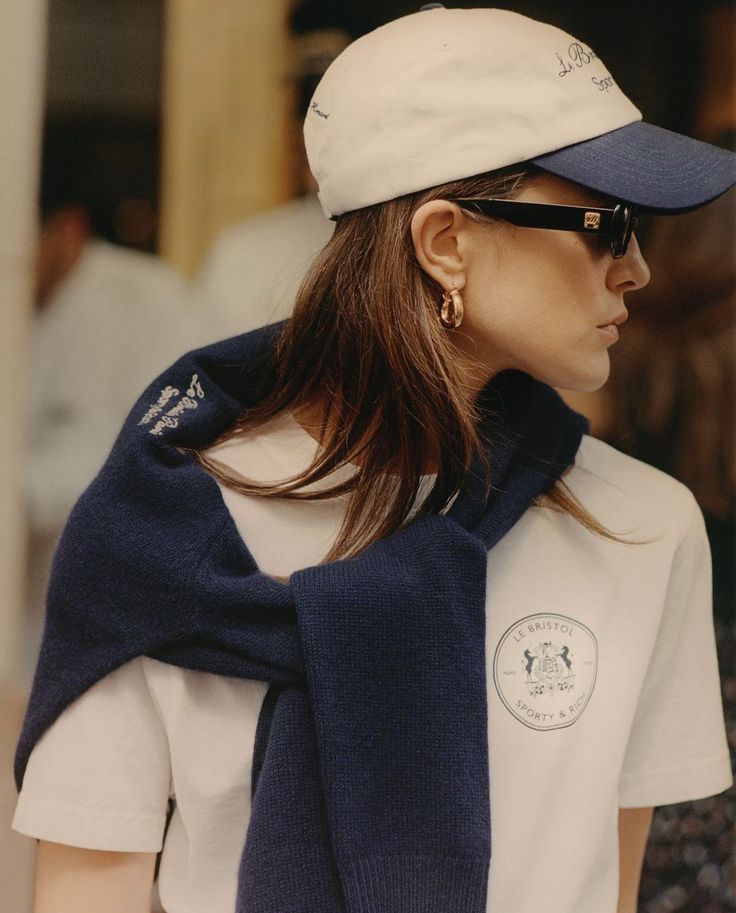
The Evolution and Cultural Impact of the T-Shirt
- No Comments
The T-shirt, often considered a simple wardrobe staple, has evolved over decades to become a symbol of personal expression, cultural movements, and global fashion trends. This unassuming garment, with its origins in functional workwear, has grown into one of the most versatile and ubiquitous pieces of clothing in the modern world. This essay explores the history, cultural significance, and contemporary relevance of the T-shirt, illustrating its profound impact on society and fashion.
The Historical Origins of the T-Shirt
The T-shirt traces its origins back to the late 19th and early 20th centuries, when it emerged as an undergarment for laborers and military personnel. Initially crafted from lightweight cotton, the T-shirt was designed to provide comfort in hot environments. Its basic design—short sleeves and a crew neckline—allowed for ease of movement and breathability.
During World War I, American soldiers observed European troops wearing lightweight, short-sleeved undershirts under their uniforms. Recognizing the practicality of this design, the U.S. military adopted the T-shirt as standard-issue undergarments. By World War II, it had become a staple in the military, providing a durable and comfortable option for soldiers.
The T-Shirt as Casual Wear
The transition of the T-shirt from undergarment to casual wear began in the mid-20th century. In the 1950s, Hollywood played a pivotal role in popularizing the T-shirt as outerwear. Iconic actors like Marlon Brando in A Streetcar Named Desire and James Dean in Rebel Without a Cause wore plain white T-shirts on screen, exuding a sense of rebellion and masculinity. This cultural moment marked the T-shirt’s shift into mainstream fashion.
The affordability and simplicity of the T-shirt also contributed to its widespread adoption. By the 1960s and 1970s, the garment became a canvas for self-expression. Advances in screen-printing technology allowed for the production of graphic T-shirts, featuring slogans, images, and logos. These printed T-shirts became vehicles for political messages, social causes, and pop culture references, embedding themselves in the fabric of societal discourse.
The T-Shirt as a Cultural Icon
Over the decades, the T-shirt has transcended its utilitarian roots to become a cultural icon. In the 1960s, the rise of the counterculture movement saw T-shirts adorned with anti-war slogans, peace symbols, and psychedelic art. Bands like The Beatles and The Rolling Stones used T-shirts as promotional merchandise, further cementing their role in music culture.
The punk movement of the 1970s and 1980s embraced the T-shirt as a medium for dissent. DIY designs featuring provocative imagery and rebellious slogans became synonymous with the subculture. Similarly, in the hip-hop scene of the 1980s and 1990s, oversized graphic T-shirts became a hallmark of streetwear, reflecting the style and attitude of urban youth.
In addition to subcultures, the T-shirt has been embraced by high fashion. Designers like Vivienne Westwood, Jean Paul Gaultier, and more recently, Virgil Abloh have elevated the T-shirt from casual wear to a statement piece. Collaborations between luxury brands and streetwear labels have blurred the lines between high and low fashion, making the T-shirt a central element in contemporary wardrobes.
The Role of T-Shirts in Marketing and Branding
The T-shirt has also become a powerful tool for marketing and branding. Companies, organizations, and events use T-shirts to promote their products, services, and causes. From corporate logos to charity campaigns, the T-shirt serves as a walking advertisement, spreading messages and creating brand awareness.
Merchandising has turned the T-shirt into a lucrative business. Bands, sports teams, movies, and TV shows generate significant revenue through the sale of branded T-shirts. For fans, these garments represent a tangible connection to their favorite artists, athletes, or franchises, fostering a sense of community and identity.
Sustainability and the Future of T-Shirts
In recent years, the fashion industry has faced growing scrutiny over its environmental impact, and T-shirts are no exception. The production of cotton T-shirts requires significant amounts of water and energy, and the rise of fast fashion has exacerbated issues related to waste and pollution.
To address these challenges, many brands are adopting sustainable practices, such as using organic cotton, recycled materials, and eco-friendly dyes. Circular fashion initiatives, including clothing recycling programs and second-hand markets, aim to reduce the environmental footprint of T-shirts and extend their lifecycle.
Additionally, innovations in technology are shaping the future of T-shirts. Customization through digital printing allows consumers to create unique designs with minimal waste. Smart textiles, featuring embedded sensors or responsive materials, hint at a future where T-shirts combine fashion with functionality.
The T-Shirt as a Symbol of Identity
Perhaps the most enduring appeal of the T-shirt lies in its ability to convey identity. Whether adorned with a favorite band’s logo, a political slogan, or a unique graphic, the T-shirt serves as a personal statement. It reflects individual tastes, beliefs, and affiliations, making it a powerful tool for self-expression.
From a cultural perspective, the T-shirt’s versatility has allowed it to cross boundaries of age, gender, and social class. It is a garment that belongs to everyone, yet it holds different meanings for each wearer. This universality has made the T-shirt a timeless piece, adaptable to changing trends and contexts.
Conclusion
The journey of the T-shirt from a humble undergarment to a global fashion icon underscores its remarkable versatility and cultural significance. As a blank canvas for creativity and a medium for communication, the T-shirt has left an indelible mark on society. Its evolution reflects broader changes in fashion, technology, and cultural values, ensuring its continued relevance in the years to come.
Previous Post


T-Shirt: The Icon of Casual Fashion and Culture

The Ubiquity and Versatility of T-Shirts

The Evolution and Cultural Impact of the T-Shirt

T-Shirt: Effortless Style Starts Here

